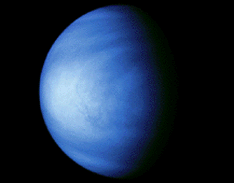Venera
The Soviet space program to Venus in the late 1960's, 70's, and early 80's was very successful, with 13 of 16 Venera missions safely reaching the planet. Each Venera spacecraft was designed to either orbit Venus, probe its atmosphere, or reach its surface. Each mission gained new, valuable information, but it took much trial and error before the Soviets learned how to survive the extreme pressure of Venus' atmosphere and peer through its dense cloud cover from orbit.
Veneras 4 (in 1967), 5, and 6 (in 1969) were all probes that accumulated data on the composition of Venus' atmosphere.
The 7th through the 14th Venera missions all successfully landed on Venus, each spacecraft spending a longer time on its surface than the previous one. Venera 10 returned the first black and white photographs of its terrain, while Venera 13 sent back the first color photos. The Venera missions also measured surface temperature, detected lightning, and analyzed the Venusian soil.
The last Venera installments, launched in 1983, included two orbiters that used special radar to map the region around Venus' north pole. Despite the success of the Venera missions and the amount of interesting information they accumulated, budget problems and political instability in the area which used to be the Soviet Union threaten the chances of future missions to Venus.
You might also be interested in:
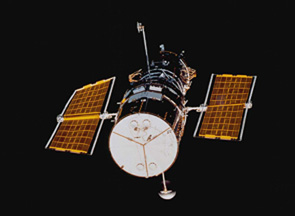
The Hubble Space Telescope (HST) is really neat! It was first launched in 1990, but scientists started building it in the 1970's! We have found all kinds of objects like stars, nebulae and galaxies. The
...more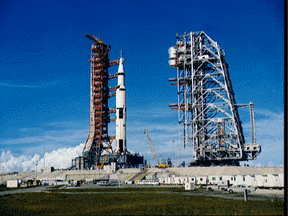
Apollo 11 was the first mission that landed a person on the moon. On July 16, 1969, the U. S. rocket Saturn 5 was launched carrying the lunar landing module Eagle. The Eagle was released and it reached
...more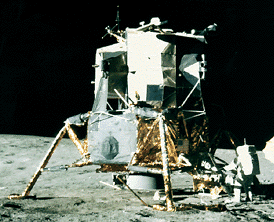
Apollo 12 was launched on Nov. 14, 1969 and arrived at the Moon three days later. Astronauts Charles Conrad and Alan Bean descended to its surface, while Richard Gordon remained in lunar orbit aboard the
...more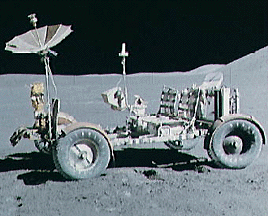
Apollo 15 marked the start of a new series of missions from the Apollo space program, each capable of exploring more lunar terrain than ever before. Launched on July 26, 1971, Apollo 15 reached the Moon
...more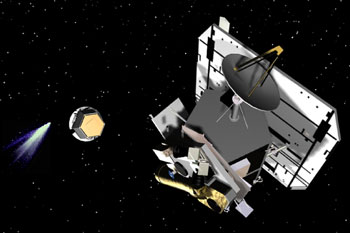
NASA chose Deep Impact to be part of a special series called the Discovery Program. This program is for cheap, scientific projects. In May 2001, NASA said it was ok to start with mission development for
...more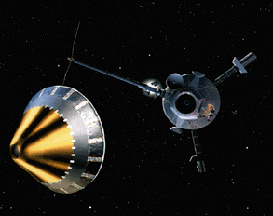
Galileo was a spacecraft that orbited Jupiter for eight years. It made many discoveries about Jupiter and its moons. Galileo was launched in 1989, and reached Jupiter in 1995. The spacecraft had two parts.
...more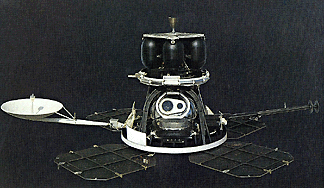
During 1966 through 1967, five Lunar Orbiter spacecrafts were launched, with the purpose of mapping the Moon's surface in preparation for the Apollo and Surveyor landings. All five missions were successful,
...more
